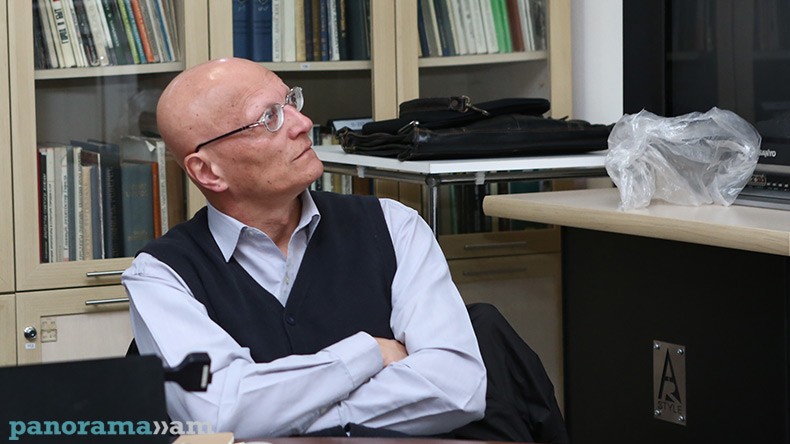
Samvel Karapetyan about New Julfa’s inter-colonial role
“It is very important to study all those colonies and cemeteries we visit. These are not only the ids of those places, but the tombstones carry toponyms showing that it was Armenians who settled there,” said expert in monuments, Samvel Karapetyan after the “New Julfa” conference held in the National Museum-Institute of Architecture of Armenia by the Ministry of Urban Developments.
He also added that New Julfa isn’t an exception, where in the public cemetery more than 12k tombstones dating back to 17-18th centuries were studied and photographed in 2009-2011.
According to the expert, the toponyms engraved on the tombstones can be classified in two groups; places where the deceased used to live, and those that are a part of the colony’s history.
“This shows that New Julfa played an important inter-colonial role. Armenians born in different countries from Anatolia to India and Mesopotamia were finally buried in the cemetery of New Julfa. This means they are associated with New Julfa that their lives and activities,” said Karapetyan.
New Julfa district of Isfahan was an important centre for Persian-Armenians. It was built in 1606 when Shah Abbas the Great resettled 300k Armenians from East Armenia to the farthest parts of Iran.
Newsfeed
Videos






























